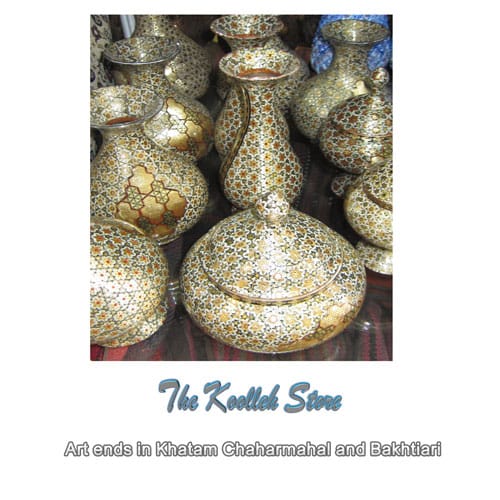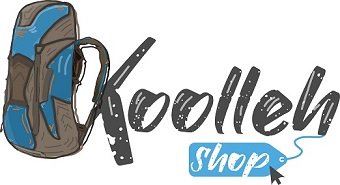Art ends in Khatam Chaharmahal and Bakhtiari

Khatam is one of the most important sub-products of wood art in Chaharmahal and Bakhtiari, which is known as the center of Khatam in Iran due to its abundant production in Sheikh Shaban Ibn village.
Although the intellectual property of these handicrafts belongs to the people of Shiraz and Isfahan, but this work was introduced to Chaharmahal and Bakhtiari about 40 years ago by the method (student master) and this art spread in a short time.
The expansion of Khatamkari in Chaharmahal and Bakhtiari has progressed to the point that the residents of Sheikh Shaban village have already housed about 400 master craftsmen in the Khatam flower garden and it has become one of the important centers of Khatam flower production in the country.
Putting small triangular pieces together and creating geometric shapes using the relevant raw materials is called finishing.
The raw materials used in the finishing work include jujube, orange, fofel triangular woods, metals such as brass, copper, silver and gold in the form of thin wires, camel bones, ivory, elephant glue, wood glue or (series).
Due to the great care and patience of the masters of inlay work, the delicacy and finesse of the works in this art industry have been named Khatam, which means the end of the arts.
Inlaid products are very diverse and the most important products of these handicrafts can be a variety of paper napkin boxes, jewelry boxes, trash cans, pens, Quranic cover, chocolate, dining table and bed, bed, photo frame and other small and large needs. He pointed to the houses.
Khatam has been able to attract audiences due to its stunning beauty and artistic dimension.
The director general of cultural heritage, tourism and handicrafts of Chaharmahal and Bakhtiari said: Currently, 400 artists in Sheikh Shaban village are fully acquainted with the production of my flowers.
Mehrdad Javadi emphasized: These artists annually produce and sell more than 300,000 flowers or flowers of Khatam in Chaharmahal and Bakhtiari.
He added: The production of embroidered products has a 300% added value and is one of the most important fields of handicrafts economically.
Javadi added: Natural raw materials such as wood, bone, copper wire and wire are used for the production of inlay work, and the production of inlay work in Sheikh Shaban village has a history of more than 50 years.
He stated: Currently, some of the prominent carpenters, sellers and producers in Isfahan are residents of Sheikh Shaban village.






